As autumn arrives, so too do a plethora of new photographic opportunities, inspiring Tom Mason to switch his focus from fauna to fungi. Here, he shares his tips.
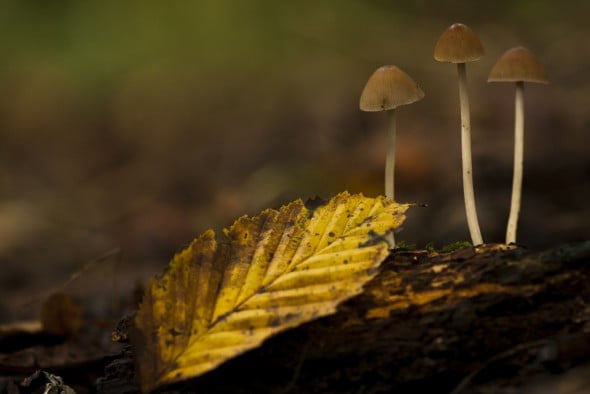
With autumn upon us, I never fail to get excited at this time of year. A chill in the air, dew-covered mornings and golden colours make for some fantastic photographic conditions. In addition to the changing weather, the season also brings out a myriad new subjects waiting to be explored. One set of subjects to which I continually find myself drawn is fungi. With so many species and variations of form, they provide a wonderful (and accessible) stream of photographic possibility.
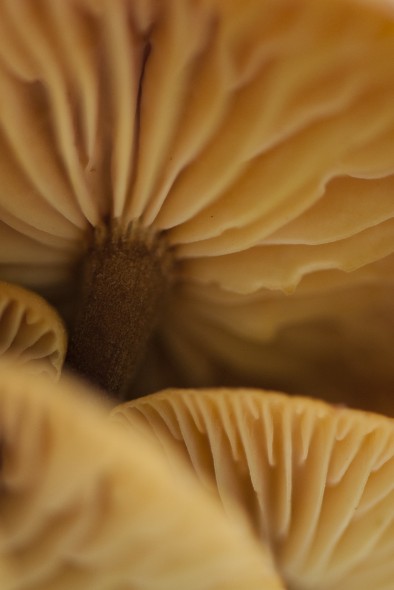
Working with fungi can produce some excellent results if you are willing to put in the time. From close-ups of the gills to wider shots of impressive toadstools in the landscape, the resultant images can be fascinating and compelling. As with all nature photography, understanding your subject is vital. When aiming to photograph fungi, think about investing in a guidebook to help you not only identify the species you find, but also inform you of the best locations to find them – the Collins Fungi Guide is a great place to start. When you are ready to head out into the field, a local woodland will most likely provide the widest variety of species, along with hours of photographic enjoyment.
Take your time to find the right subject
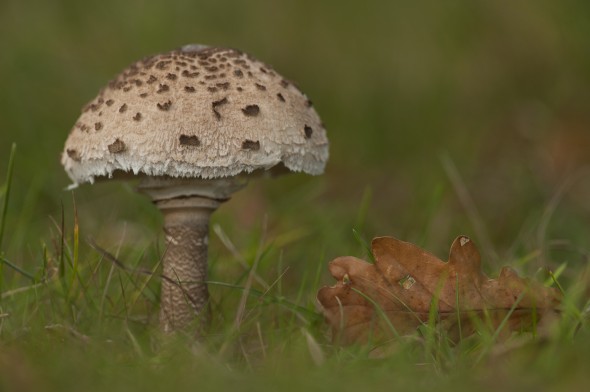
A short walk through a woodland between September and November will most certainly provide some fungal subjects. Take your time and look closely at the ground in front of you and to the side of trees and rotting wood. When you find a cluster or group, don’t start shooting right away; instead, look for the most pristine and fresh subjects to work with, as these almost always produce more aesthetically pleasing results.
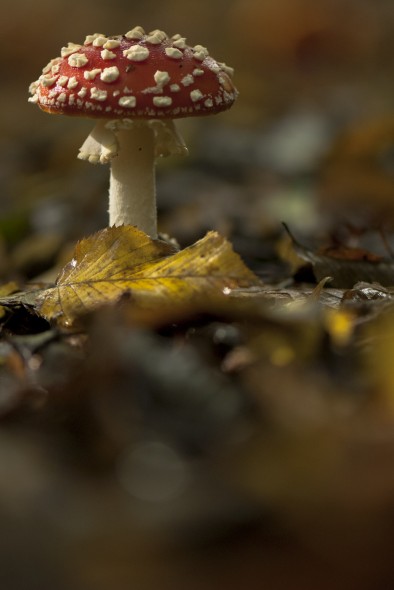
When working with fungi, one important rule is to avoid touching your subject unless you are completely sure of the species. Many species can cause irritation to the skin and upsets to the stomach if accidentally ingested, so it’s always better to be safe than sorry. If you do want to clean up your subject and remove debris to make it look perfect, carry a small paintbrush in your bag rather than using your hands.
Setting up the shot
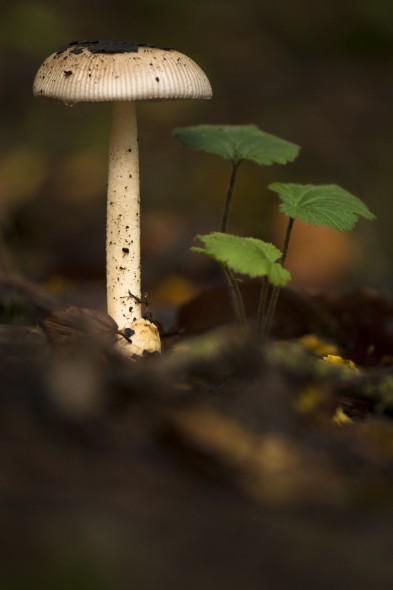
Equipment
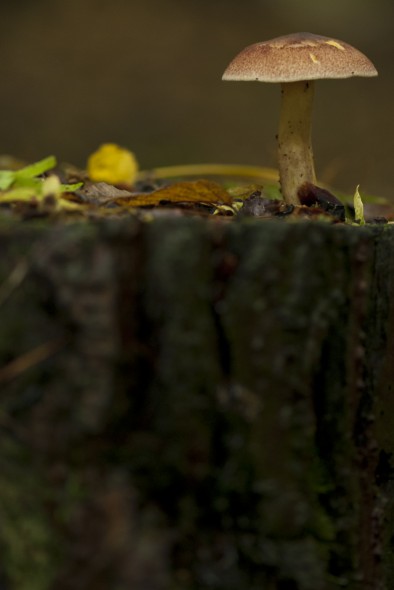
The great thing about fungi is that it is not going to get up and run or fly away, so take your time to get the best images you possibly can. Unlike with wild flowers, fungi are often less susceptible to wind movement, though it is still a good idea to use a few of the following for optimal results:
- A strong support – Using a tripod will help cut down vibrations and increase sharpness. When working low to the ground, a bean bag can be an excellent alternative.
- A remote release – Depressing the shutter-release button by hand often brings a slight vibration into the process of creating an image, so cut this out by using a remote release.
- Mirror lock-up – For ultimate sharpness, use mirror lock-up to secure the mirror in place before firing the shutter as, again, this helps remove unnecessary vibrations.
In terms of photographic equipment, shooting fungi is possible with almost all camera systems – from DSLRs to compacts. A macro lens can be very useful for ultra close-ups, but wideangle and telephoto lenses can also be used for compelling results. If you want to get closer but don’t have the budget for a dedicated macro optic, using a combination of your current lenses along with extension tubes and close-up filters could be an excellent low-cost alternative.
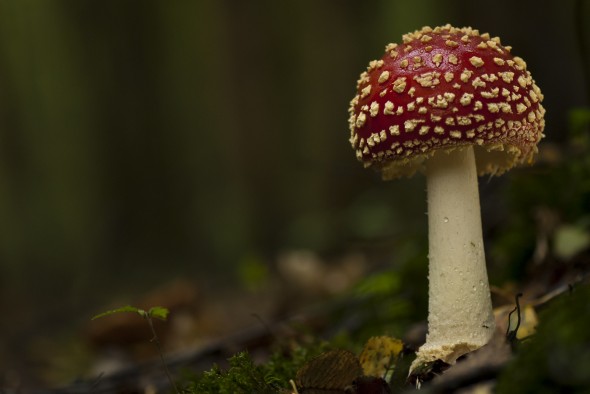
In addition to cameras and lenses, a few investments in lighting accessories can be a great way to enhance your fungi photography. With subjects often found in dark and shady locations, the use of a reflector or an off-camera flashgun can be a great way to add impact into your images (an easy way to create a homemade reflector is to simply wrap some tin foil around some card).
Aside from the regular photographic kit, a few household items can often be of useful when working in the field:
- A few bin bags or a garden kneeler mat, to keep you dry when working on damp ground.
- Kitchen scissors for ‘gardening’ around your subject to help remove distracting blades of grass or foliage.
- An atomiser for adding some dew to your subjects.
- A torch – great for adding some side or rim lighting to a subject on an overcast day. Using a few pieces of white paper can also be useful to soften the light if it is too harsh.
- Smartphone – if you happen upon a nice group of subjects that are not fully out or just developing, take a shot with the GPS on to record the location for a future visit.
With your kit bag packed full of lenses and household accessories, get out into the woods for some fungi photography. With a good imagination, almost anything is possible – and don’t be afraid to experiment in order to produce something different!
About the Author
Tom Mason is an up-and-coming wildlife and nature photographer from Hertfordshire. He has worked on a number of projects both in the UK and abroad and is passionate about the natural world. For more information on Tom, check out his website or follow him on Twitter.

